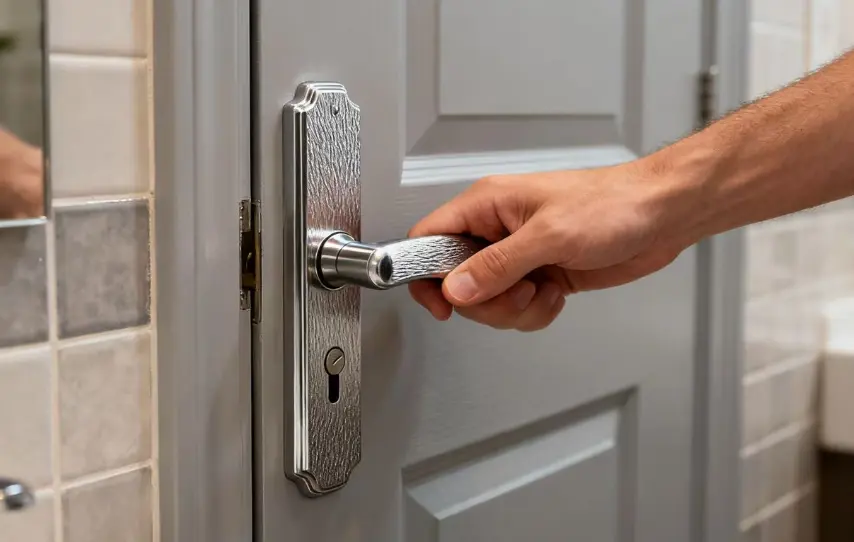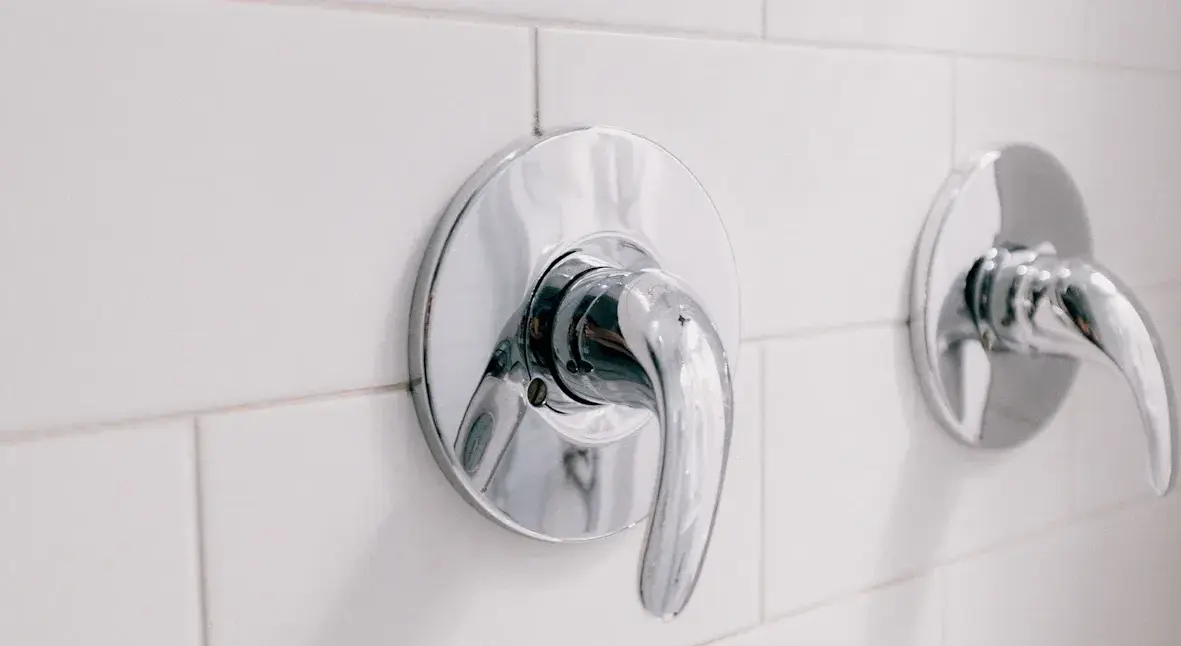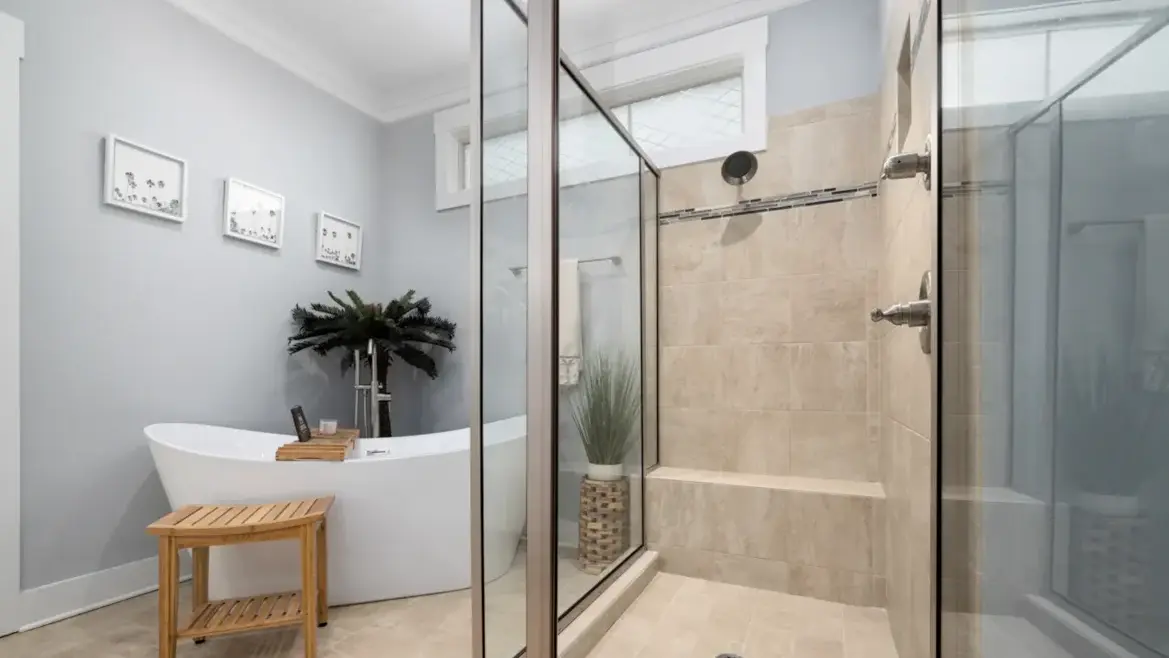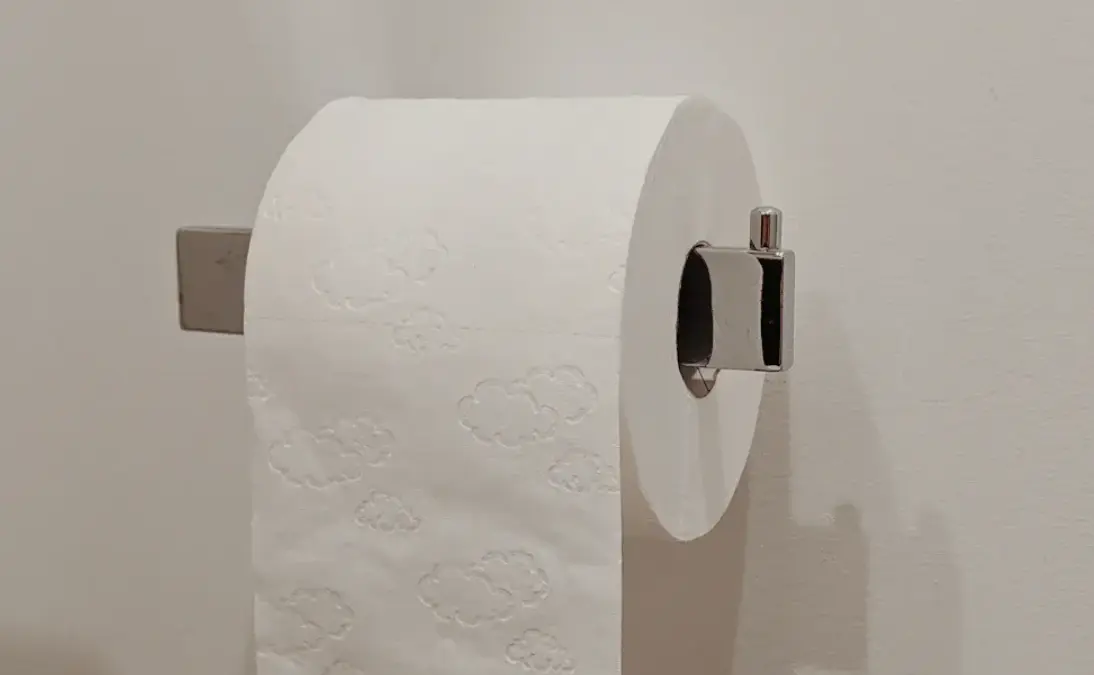How Do You Choose Stylish Faucet Handles?
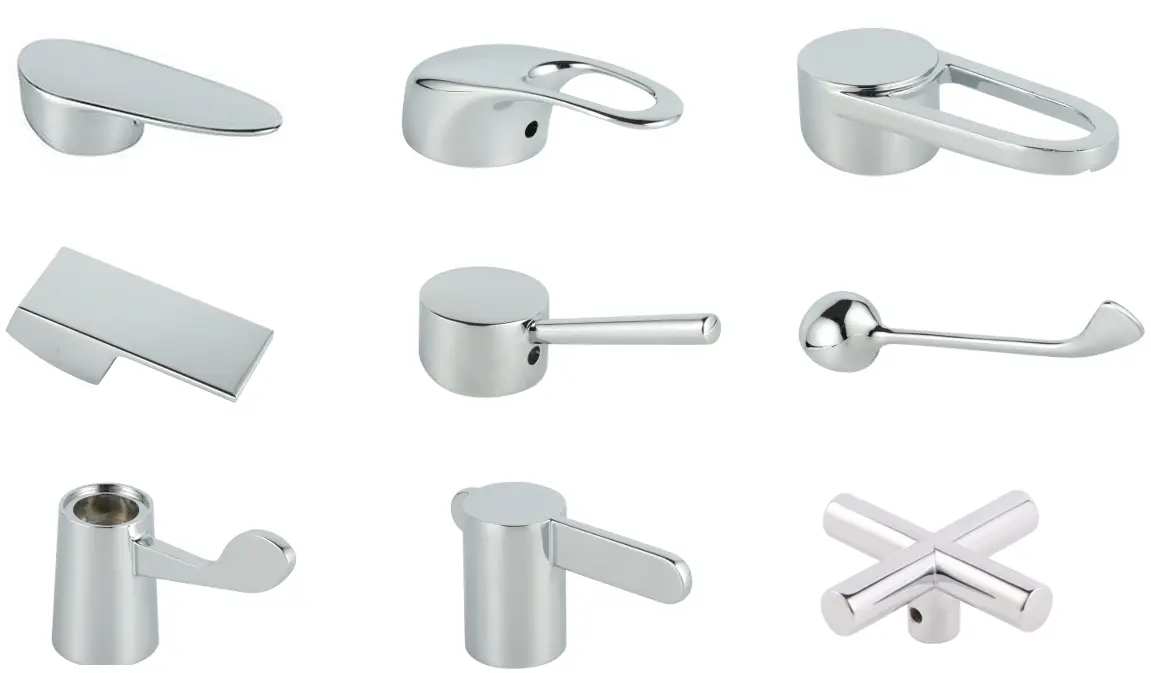
Selecting stylish Faucet Handles significantly enhances a home's aesthetic. These fixtures reflect personal taste and can complement existing decor. Notably, 63% of homeowners prioritize aesthetics when renovating kitchens. Choosing the righttap handle balances both beauty and functionality, making it an essential decision in home design.
Key Takeaways
- Choose Faucet Handles that reflect your personal style and complement your home's decor for a cohesive look.
- Consider ergonomic designs, like lever handles, for ease of use, especially for individuals with limited mobility.
- Select durable materials, such as brass or stainless steel, to ensure long-lasting performance and reduce replacement costs.
Understanding Faucet Handle Styles

Faucet Handles come in various styles, each offering unique aesthetics and functionality. Understanding these styles helps homeowners make informed decisions that align with their personal taste and home decor. Here are some popularfaucet handle styles currently trending in interior design:
Homeowners often prefer specific handle styles based on their needs and preferences. The following table compares user preferences for different handle styles:
| Handle Style | User Preference | Functionality | Aesthetics |
|---|---|---|---|
| Lever | High-ergonomic, easy for limited mobility | Very user-friendly | Modern and sleek |
| Knob | Moderate - classic look, can be slippery | Less precise temperature control | Timeless appeal |
| Cross | Moderate - traditional aesthetic, requires two hands | Good grip, but less convenient | Elegant and vintage |
Lever handles stand out for their ergonomic design, making them ideal for individuals with limited mobility. Knob handles offer a classic look but may be less practical due to their slippery nature. Cross handles provide a traditional aesthetic but can require more effort to operate.
Ergonomics play a significant role in Faucet Handle design. Here are some ergonomic benefits associated with specific styles:
| Benefit | Description |
|---|---|
| Flexible, Functional Design | Pull-down faucets have a spray head that extends and retracts, making tasks like rinsing and filling easier. |
| Ergonomically Superior | The design minimizes the need to twist or reposition heavy items, enhancing comfort during use. |
Faucet Handle styles also vary significantly between modern, traditional, and transitional home designs. Here’s a brief overview:
- Traditional Style: Characterized by heavier fixtures with intricate details, often featuring finishes like polished nickel and oil-rubbed bronze.
- Contemporary Style: Known for its minimalistic design with sleek, square-shaped fixtures and trendsetting finishes such as satin brass and matte black.
- Transitional Style: A blend of traditional and contemporary, offering a middle ground with a mix of design elements from both styles.
Choosing the right Faucet Handle style not only enhances the visual appeal of a space but also ensures functionality and comfort. Homeowners should consider their personal preferences and the overall design of their home when selecting Faucet Handles.
Materials and Finishes for Faucet Handles
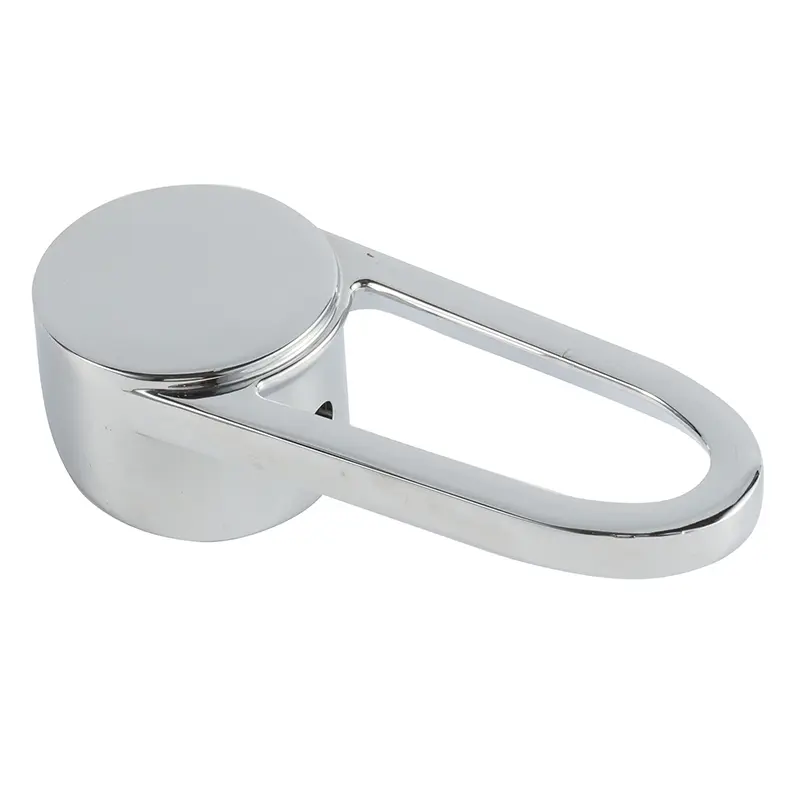
Choosing the right materials and finishes for Faucet Handles is crucial for both aesthetics and durability. Homeowners often select from a variety of materials, each offering unique benefits. The most common materials used for Faucet Handles in residential settings include:
- Stainless steel
- Brass
- Bronze
- Nickel
- Pewter
- Lead
- Chromium
Among these, brass and stainless steel stand out for their longevity. Brass is highly durable and corrosion-resistant, making it suitable for long-term use. It is tough and can last for many years. Stainless steel also offers excellent durability and can resist rust and corrosion. With proper care, it can last over ten years. In contrast, zinc alloy is softer and less durable, leading to quicker wear and corrosion. Therefore, it is not ideal for long-term use.
When it comes to finishes, homeowners have several options that affect both appearance and maintenance. Here are some popular finishes:
- Brushed: This finish has a matte, textured look. It hides smudges well, making maintenance low.
- Polished: This finish is shiny and reflective. However, it shows fingerprints easily, requiring more upkeep.
| Feature | Brushed | Polished |
|---|---|---|
| Appearance | Matte, textured, low-gloss | Shiny, reflective, smooth |
| Maintenance | Low (hides smudges) | High (shows fingerprints) |
In addition to aesthetics, the choice of finish can impact the Faucet Handle's resistance to corrosion and tarnishing. Some finishes are specifically designed to be durable and long-lasting. For example, Kohler's vibrant PVD finishes and Delta's Brilliance finish resist tarnishing and corrosion effectively. Moen's Spot Resist stainless finish technology also offers protection against daily wear.
Environmental considerations also play a role in material selection. Stainless steel is sustainable and recyclable, with production methods that are energy-efficient. It can be melted down and reformed indefinitely without losing quality. In contrast, while plastic is cost-efficient, it has environmental impacts that need consideration. Some plastics are recyclable, but metal production generally requires more energy.
Ultimately, selecting the right materials and finishes for Faucet Handles enhances both the functionality and aesthetic appeal of a space. Homeowners should weigh the benefits of each option to find the best fit for their needs.
Matching Faucet Handles with Existing Decor
Matching faucet handles with existing decor requires careful consideration of design principles. Homeowners should start by selecting a dominant metal finish. This choice creates a visual anchor for the space. Next, ensure that the style and form of the faucet fixtures echo the architectural language of the bathroom or kitchen. Pay attention to the scale of the fixtures to maintain harmony and functionality in the design.
Here are some additional tips for matching Faucet Handles with decor:
- Consider matching the faucet design with existing bathroom sanitary ware to avoid installation issues.
- Choose faucet colors that complement the overall color scheme of the bathroom. For example, silver works well with cool tones, while gold suits warm tones.
- Ensure the faucet style aligns with the complexity of the bathroom design. A dyed white faucet may suit more intricate styles.
Homeowners often make common mistakes when selecting faucet handles. Mismatched styles can create a disjointed look. For instance, an ultra-modern faucet in a traditional kitchen may feel out of place. Additionally, overly complex designs can overwhelm the space. A simpler, elegant design often proves more effective.
Designers recommend mixing finishes to create a more interesting and personalized look. For example, Justina Blakeney successfully combined brass, chrome, and copper in a bathroom design. This approach adds depth and character to the space.
Practical Considerations for Faucet Handles
When selecting faucet handles, practical considerations play a crucial role. Homeowners should evaluate installation requirements, maintenance needs, and budget constraints.
Installation Requirements
Installation complexity varies between faucet types. Single-handle faucets are generally easier to install and require less time. In contrast, double-handle faucets often involve more intricate setups, which may necessitate professional assistance. Here’s a quick comparison:
| Faucet Type | Installation Complexity | Installation Time | Professional Help Needed |
|---|---|---|---|
| Single-Handle Faucet | Easier | Quicker | No |
| Double-Handle Faucet | More Complex | Longer | Yes |
Maintenance and Care
Proper maintenance ensures the longevity of faucet handles. Regular cleaning with mild soap and warm water helps prevent buildup. Homeowners should avoid harsh chemicals that can damage finishes. Here are some recommended maintenance routines:
- Clean regularly to maintain appearance and functionality.
- Check for leaks and fix them immediately to prevent water waste.
- Inspect seals and washers for wear and replace as needed.
Different finishes require varying levels of upkeep. For example, chrome finishes show fingerprints easily, while brushed nickel is more forgiving.
Investing in high-quality faucet handles can lead to long-term savings. Premium materials like solid brass offer durability, especially in hard water areas. Cheaper options may require frequent replacements, increasing overall costs.
Stylish and functional faucet handles significantly enhance a home's aesthetic and usability. Homeowners should consider their personal style and existing decor when selecting these fixtures.
- Aesthetics and practicality contribute to homeowner satisfaction.
- Matching finishes with bathroom styles enhances visual appeal.
- Durable materials ensure long-term performance and satisfaction.
Balancing beauty with functionality leads to a more satisfying home environment.
FAQ
What materials are best for faucet handles?
Zinc alloy for durability and corrosion resistance. They ensure long-lasting performance in various environments.
How do I maintain my faucet handles?
Regularly clean with mild soap and warm water. Avoid harsh chemicals to protect the finish and ensure longevity.
Can I mix different faucet handle styles?
Yes, mixing styles can create a unique look. Ensure the finishes complement each other for a cohesive design.

